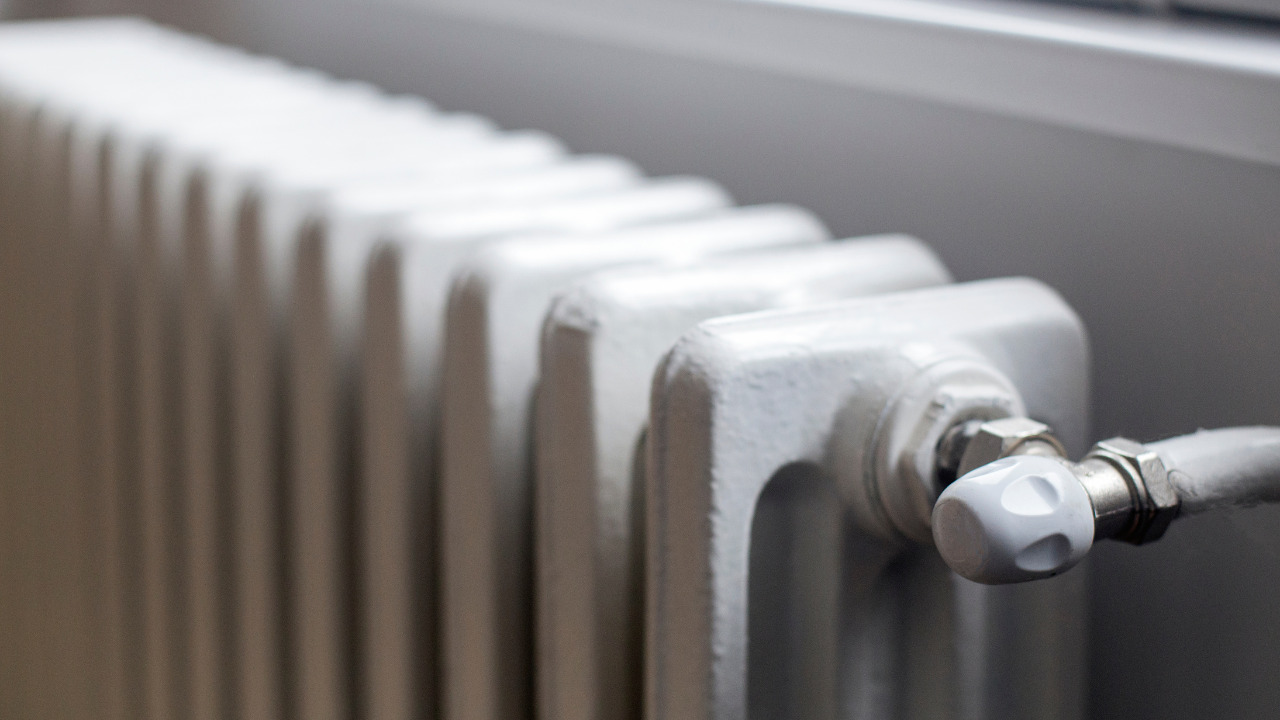Radiators are a crucial part of any home or office’s heating system. They keep us warm and cosy when the temperatures drop and help reduce energy costs by using less electricity than other heaters. But how exactly do radiators work?
This comprehensive guide to radiators will answer all your questions and provide an in-depth understanding of their functionality.
Keep reading to get started on your journey towards becoming a radiator expert!
Table of Contents
Understanding the Basics: How Radiators Work and Why They’re Essential
Radiators are essential for home heating systems and for staying safe and warm throughout winter. It’s important to understand how radiators function and why they’re beneficial.
The basic mechanism behind a radiator is simple: hot water passes through them from a boiler or furnace. As this occurs, the heat energy dissipates into the surrounding air allowing for warmer temperatures inside your home.
Radiators also act as a thermostat; when the temperature drops below a certain level, more hot water is sent through them to compensate for lost heat. This process provides steady warmth that can be adjusted depending on your needs.
Radiators provide efficient and affordable ways of controlling indoor temperatures while keeping us safe from hazards like house fires.
Different Types of Radiators: Understanding Their Unique Features and Benefits
When choosing a radiator for your home, there are several options available:
- Traditional radiators that use hot water as their heating source provide a reliable and cost-effective option. These radiators offer consistent heat with minimal maintenance requirements.
- Electric models are another popular choice; they operate similarly to traditional radiators but require less energy than other systems. They can also be programmed to turn on or off at certain times of the day, depending on when you need them.
- Convector radiators are an efficient and convenient way to warm any space quickly without using large amounts of electricity.
No matter what type of radiator you choose, proper installation is key to maximising its efficiency and safety features.
Installation and Maintenance Tips: Maximising the Efficiency of Your Radiator System
Installing and maintaining your radiator system is like preparing for a winter storm; you need to ensure that everything is to be sure it will work when needed.
While not always easy, installing and caring for your system properly pays off in greater efficiency and reliability down the road.
When installing a new radiator or making repairs on an existing one, ensure all necessary components are securely connected. This includes pipes, valves, and radiators themselves.
Check to ensure no leaks or weak points where heat may escape before putting the system into service. Regularly inspecting the radiators for signs of wear and tear also helps prevent costly repairs later on.
Energy-Saving Strategies: How to Reduce Your Heating Costs with Radiators
With all the installation and maintenance tips in mind, it’s time to focus on energy-saving strategies.
Heating costs can be daunting during winter, so using your radiator system efficiently is a great way to reduce expenses without sacrificing comfort or convenience.
A few simple solutions that are easy to implement include installing radiator covers for extra insulation and setting the thermostat at an appropriate temperature.
You’ll also want to ensure that air vents near radiators aren’t blocked by furniture or other obstacles, as this prevents heated air from circulating properly. These steps can significantly lower your heating bills while helping you stay comfortable in colder weather.
Troubleshooting Common Radiator Issues
Keeping up with routine maintenance and addressing small issues as they come up can save you time, money, and headaches in the long run. When it comes to radiators, there are several common problems that homeowners should be aware of.
First off, check for any leaks or corrosion on your radiator system. If you notice signs of rust or leaking water, address them immediately; otherwise, your efficiency will suffer, and further damage may occur down the line.
Next, inspect the valves on each unit – if they’re loose or worn out, consider replacing them so that heat is distributed evenly throughout the home. Finally, make sure all air vents remain unobstructed for proper circulation.
By keeping an eye out for these issues, you’ll be able to spot potential problems early and take corrective measures before things get worse. Regular inspection and simple repairs can help keep your heating costs low while ensuring maximum comfort during cold weather months.
Conclusion
Radiators are essential to any home’s heating system that keeps us warm throughout winter. To get the most out of your system, it’s important to understand how radiators work and what type best suits your needs.
It’s also worth remembering that with proper care and attention from time to time, even the oldest members of our radiator ‘family’ can still provide warmth when we need it most.





